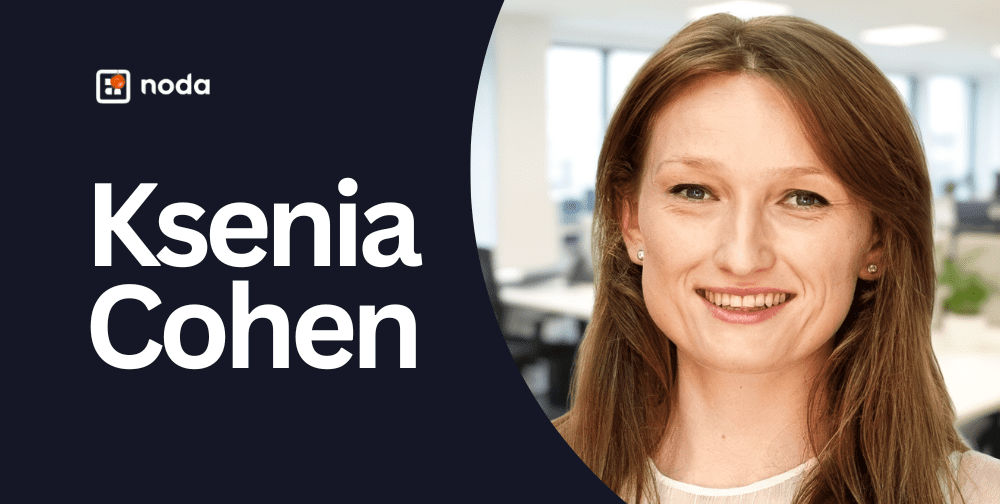Decentralized finance (DeFi) has emerged as a groundbreaking concept in the financial landscape, revolutionizing the way financial services are accessed and utilized. By leveraging decentralized platforms, individuals can now participate in financial activities traditionally monopolized by intermediaries. This article will delve into the mechanism of non-custodial staking and highlight how decentralized platforms make finance more accessible.
Access to Financial Services
Traditional financial systems often leave large segments of the population excluded from accessing essential financial services. Whether it’s due to limited access to physical bank branches, high fees, or complicated regulatory requirements, many individuals are deprived of financial inclusion. However, decentralized platforms offer a solution to these limitations through non-custodial staking.
Non-custodial staking allows users to participate in DeFi without compromising control over their assets. It eliminates the need for intermediaries, giving individuals the power to directly access and utilize financial services. By doing so, decentralized platforms empower individuals who were previously excluded from the traditional financial system.
Role of Decentralization in Finance
Decentralized finance operates on a network of interconnected platforms, operating without the need for intermediaries or central authorities. This decentralized nature offers several advantages in terms of transparency, security, and accessibility. Transactions on decentralized platforms are recorded on immutable public ledgers, ensuring transparency and reducing the risk of manipulation.
Furthermore, decentralized platforms are designed with robust security measures, minimizing the chances of data breaches and fraud. Individuals can trust the decentralized platform’s code, audited by multiple developers, instead of relying on centralized platforms that may be prone to vulnerabilities. Additionally, the elimination of intermediaries reduces fees, making financial services more accessible and affordable.
Advantages of Non-Custodial Staking
Non-custodial staking forms the foundation of decentralized finance, providing individuals with the ability to participate and contribute to the security and operations of decentralized networks. In non-custodial staking, users lock their assets into smart contracts, providing liquidity and validating transactions. In return, they earn rewards proportional to their stake.
Compared to traditional custodial alternatives, non-custodial staking offers significant advantages. With non-custodial staking, users retain ownership and control over their assets, as the staked funds are secured on the blockchain and not held by any third party. This eliminates the risks associated with trusting custodians and reduces the chances of loss due to hacking or insolvency.
Technological Innovations and Non-Custodial Staking
Technological advancements have played a crucial role in facilitating the growth of non-custodial staking in DeFi. Smart contracts, powered by blockchain technology, allow for seamless and secure execution of staking transactions. Interoperability between blockchain networks enables users to stake assets across multiple decentralized platforms, expanding opportunities for financial participation.
Decentralized applications (dApps) further enhance non-custodial staking, providing intuitive interfaces and user-friendly experiences. These dApps facilitate interactions with decentralized platforms, making it easy for individuals to access and participate in financial activities.
Challenges and Considerations
Despite the numerous benefits of non-custodial staking, there are challenges and considerations that users must be aware of. Security risks, such as smart contract vulnerabilities, phishing attacks, and decentralized exchange hacks, need to be mitigated through proper due diligence and caution. Additionally, liquidity concerns and regulatory considerations must be taken into account when participating in decentralized finance activities.
Users are encouraged to conduct thorough research, seek professional advice, and choose reputable platforms with a track record of security and compliance. By maintaining a cautious and informed approach, individuals can minimize risks and make informed decisions regarding non-custodial staking participation.
Impact on Financial Inclusion
Non-custodial staking and decentralized platforms have the potential to make a profound impact on financial inclusion. By eliminating intermediaries and reducing hurdles such as high fees and complicated regulatory requirements, these platforms expand access to financial services for individuals globally, including those in underserved or unbanked communities.
Case studies and user stories illustrate how non-custodial staking has empowered individuals in previously marginalized communities, offering them opportunities for wealth creation and financial autonomy. With continued innovation and adoption, non-custodial staking has the potential to bridge the gap between the traditional financial system and those who were previously excluded.
Decentralized platforms powered by non-custodial staking are revolutionizing finance by making it more accessible and inclusive. With the elimination of intermediaries, individuals can directly access and participate in financial activities, retaining ownership and control over their assets. However, users must be aware of the challenges and considerations associated with non-custodial staking and make informed decisions to navigate this evolving landscape.
The transformative potential of non-custodial staking in making finance more accessible is significant. Continued innovation, responsible adoption, and wider access to these platforms hold the key to greater financial empowerment and inclusion worldwide. By embracing decentralized platforms, individuals can unlock new opportunities and participate in the future of finance on their own terms.



































